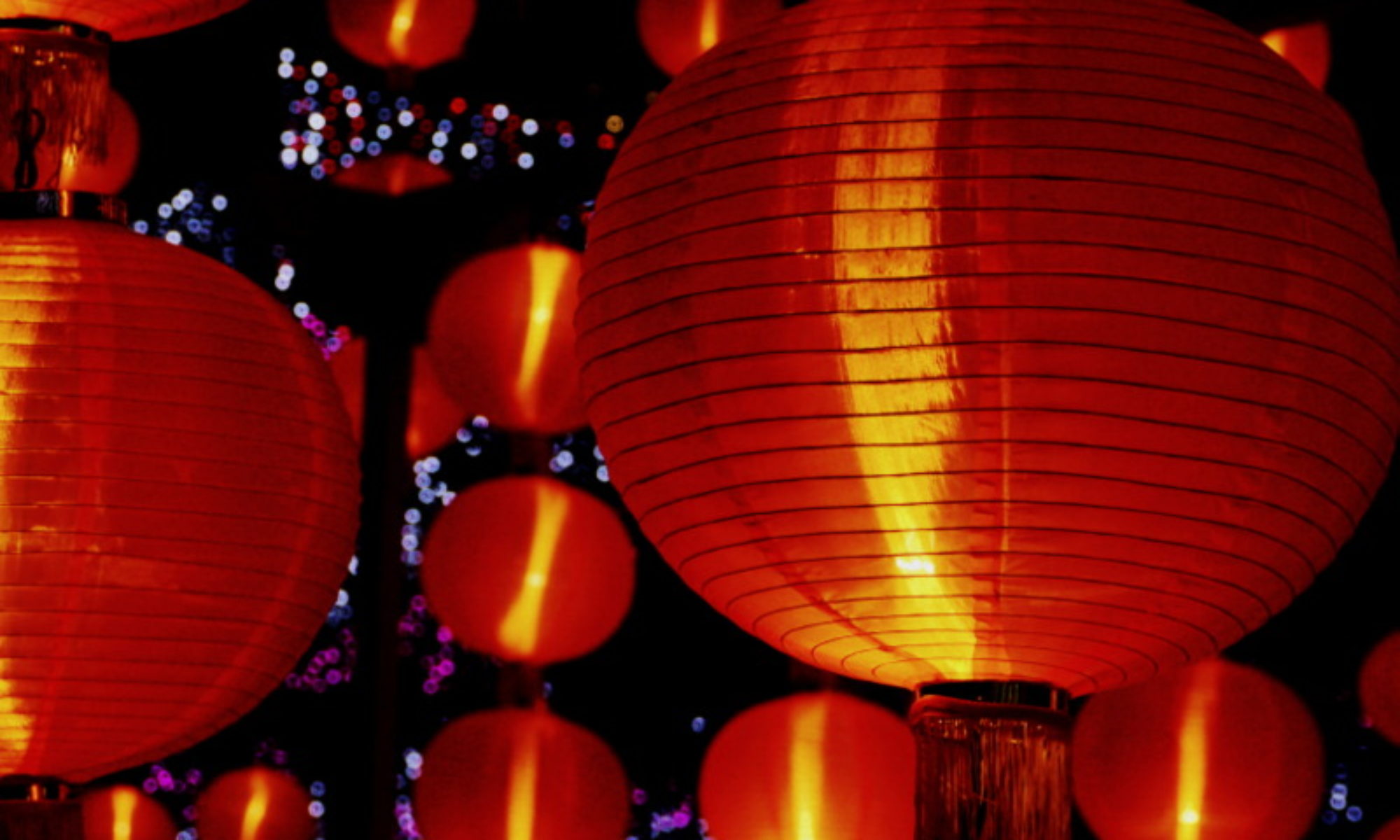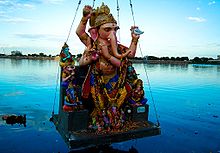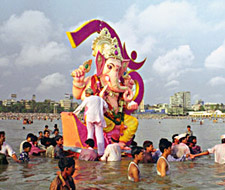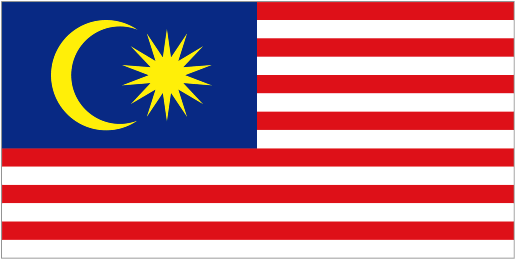September 2

On this day in 1945, Ho Chi Minh read the Declaration of Independence of the newly-proclaimed Democratic Republic of Vietnam.
To sum up the prior 2000 years of Vietnamese history in an internet-friendly morsel:
Vietnam was ruled by China for nearly a thousand years, until 938 AD, when a Vietnamese Lord defeated the Chinese at Bach Dang River. The Vietnamese then enjoyed 900 years of autonomy (though not necessarily peace), after which the Europeans moved in, first as allies against neighboring armies, then as conquerors. The French gained control of the region known as Indochina in a series of conflicts in the 19th century and maintained control until World War II when the Japanese invaded.
At the time, France was occupied by Japan’s ally, Germany, and an uneasy alliance of power developed between Japan and Vichy France, the French puppet government that Germany had installed. French authorities in Indochina were thus able to maintain the illusion of sovereignty.
However, in March 1945 the Japanese staged a coup, kicking out the French and dispelling any notions of European dominance.
The Japanese surrendered to the Allies in August of that year, and British and Chinese troops were sent to Vietnam to quell the growing independence movement. But by that time, Vietnam had already proclaimed its independence. Ho Chi Minh became the head of the provisional government of the Democratic Republic of Vietnam.
The First Indochina War would last nine years.
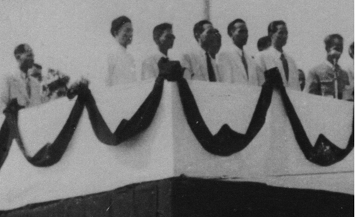
The Declaration of Independence that Ho Chi Minh read on September 2, 1945, began with a familiar ring:
All men are created equal. They are endowed by their Creator with certain inalienable rights, among them are Life, Liberty, and the pursuit of Happiness.”
This immortal statement was made in the Declaration of Independence of the United States of America in 1776. In a broader sense, this means: All the peoples on the earth are equal from birth, all the peoples have a right to live, to be happy and free.
The Declaration of the French Revolution made in 1791 on the Rights of Man and the Citizen also states: “All men are born free and with equal rights, and must always remain free and have equal rights.”
Those are undeniable truths.
Nevertheless, for more than eighty years, the French imperialists, abusing the standard of Liberty, Equality, and Fraternity, have violated our Fatherland and oppressed our fellow-citizens. They have acted contrary to the ideals of humanity and justice…
They have built more prisons than schools. They have mercilessly slain our patriots; they have drowned our uprisings in rivers of blood….
After the Japanese had surrendered to the Allies, our whole people rose to regain our national sovereignty and to found the Democratic Republic of Vietnam…
Our people have broken the chains which for nearly a century have fettered them and have won independence for the Fatherland. Our people at the same time have overthrown the monarchic regime that has reigned supreme for dozens of centuries. In its place has been established the present Democratic Republic…
We are convinced that the Allied nations which at Tehran and San Francisco have acknowledged the principles of self-determination and equality of nations, will not refuse to acknowledge the independence of Vietnam.
Ho Chi Minh’s northern-based government did not receive the support it had hoped for from the U.S. The Second Indochina War began not long after the first had ended. The U.S. supported the South Vietnamese government against Ho Chi Minh’s Communist government in the North; the Second Indochina War took the lives of millions of Vietnamese as well as 58,000 Americans. The U.S. withdrew completely in 1975 and North and South Vietnam unified as the Socialist Republic of Vietnam.
With over 86 million people, today Vietnam is the 13th largest country in the world by population.
